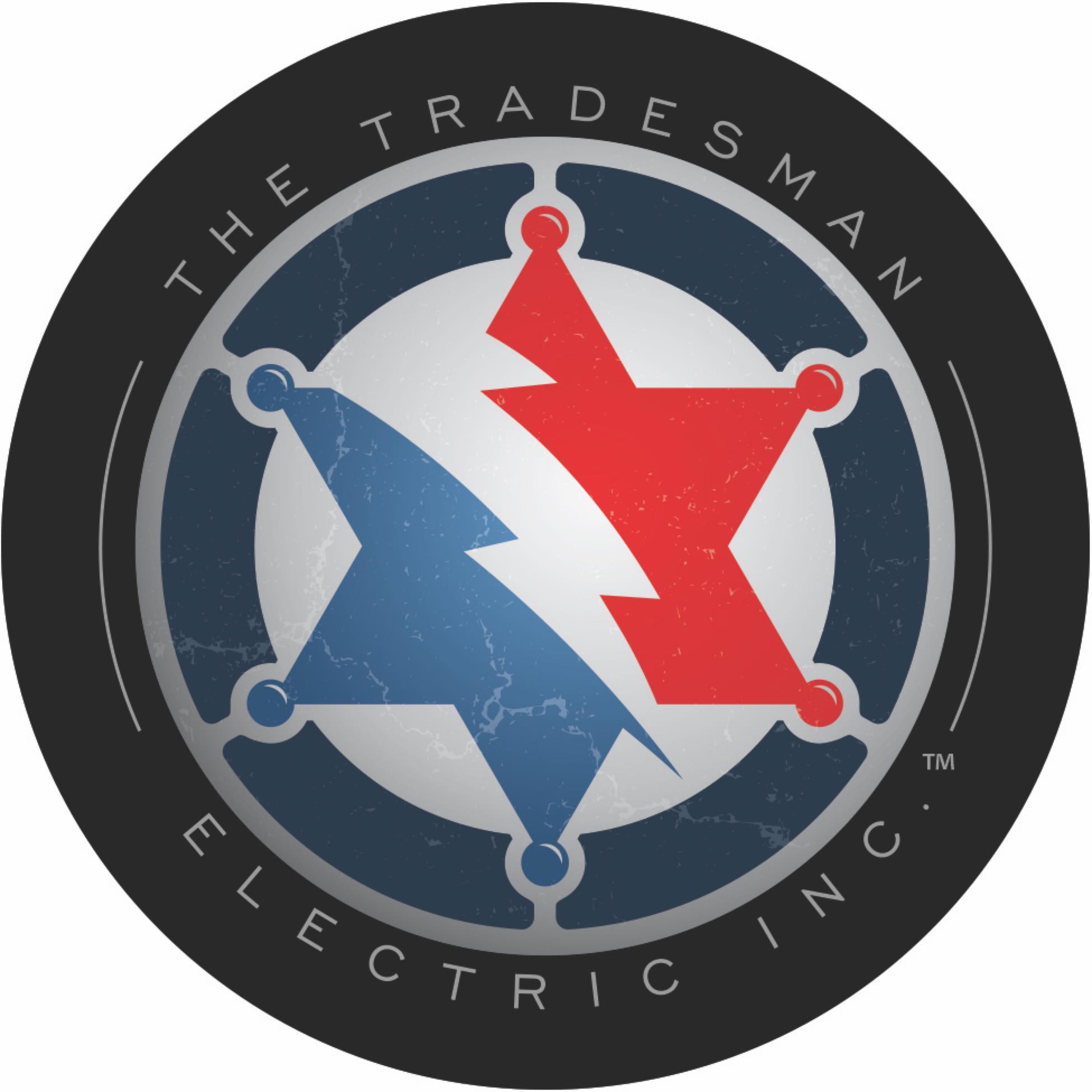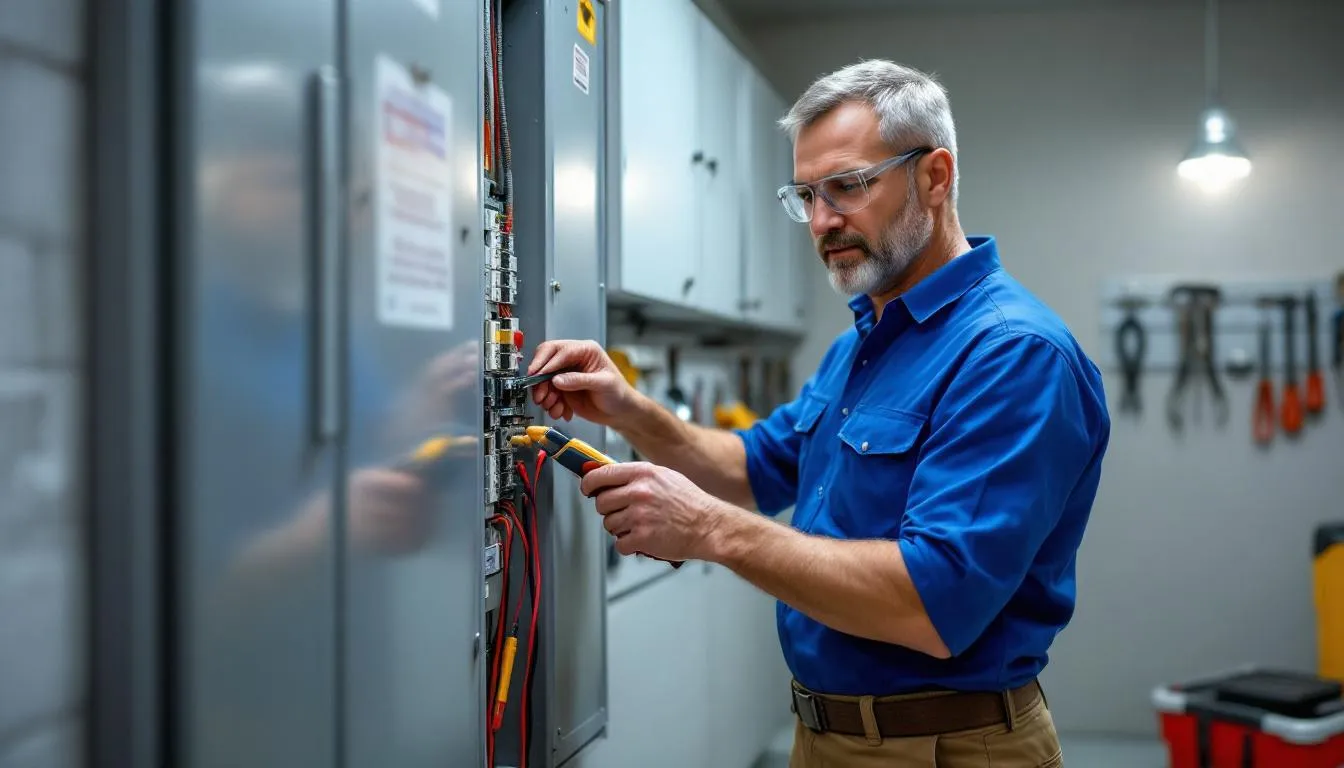An electrical panel, or breaker box, is the backbone of the home’s electrical system. It distributes electricity to different parts of your home and protects you from electrical hazards like overloads and short circuits. This article will explain what an electrical panel is, its components, and why it’s crucial for your home’s safety and performance.
Introduction to Electrical Panels
Electrical panels, often referred to as breaker boxes or circuit breaker panels, are the central hub of your home’s electrical system. These metal boxes are responsible for distributing electrical power to various circuits throughout your house, ensuring that each area receives the right amount of electricity to safely power appliances, lighting, and other devices. Think of the electrical panel as the brain of your home’s electrical system—it controls, manages, and protects the flow of electricity to every corner of your living space.
Inside the electrical panel, you’ll find a main circuit breaker that acts as the master switch for your home’s power supply, along with individual circuit breakers or, in older homes, fuses. These circuit breakers are essential safety devices: they automatically shut off power to a circuit if they detect problems like overloads or short circuits, helping to prevent electrical fires and reduce the risk of electrical shock. The panel also contains a grounding busbar, which provides a safe path for stray electrical current, further protecting your home and its occupants.
Electrical panels come in different sizes and capacities, designed to meet the unique electrical needs of each home. Main breaker panels serve as the primary distribution point for electricity from the utility company, while subpanels and fuse boxes may be used to manage additional circuits or older wiring systems. As homes evolve and more appliances, lighting, and HVAC systems are installed, the electrical load on the panel increases. This often means that an electrical panel upgrade is necessary to ensure your system can safely handle the extra demand from new appliances and other devices.
Safety is paramount when it comes to electrical panels. Only licensed electricians should install, maintain, or repair breaker panels, as improper handling can lead to serious hazards, including electrical shock and fire. Building codes and regulations are in place to ensure that electrical panels are installed correctly and can support the electrical needs of modern homes. Regular maintenance—such as cleaning the panel, tightening loose connections, and replacing worn components—helps keep your electrical system running smoothly and safely.
It’s also important to know where your electrical panel is located, whether it’s in a utility closet, garage, or basement. The panel should always be easily accessible and free from obstructions, allowing for quick action in case of an emergency or when troubleshooting electrical issues. By understanding the basics of electrical panels and prioritizing their safe operation, homeowners can enjoy reliable electrical power while minimizing risks to their property and loved ones.
Key Takeaways
- An electrical panel, or breaker box, is essential for safe and efficient electricity distribution in homes, requiring proper installation and maintenance by licensed electricians.
- Key components such as circuit breakers, bus bars, and protective devices work together to manage electrical flow and prevent hazards like overloads and fires.
- Signs such as frequent breaker trips and corrosion indicate the need for an electrical panel upgrade, which can range from $800 to $4,000 depending on complexity and ampacity.
Understanding Electrical Panels
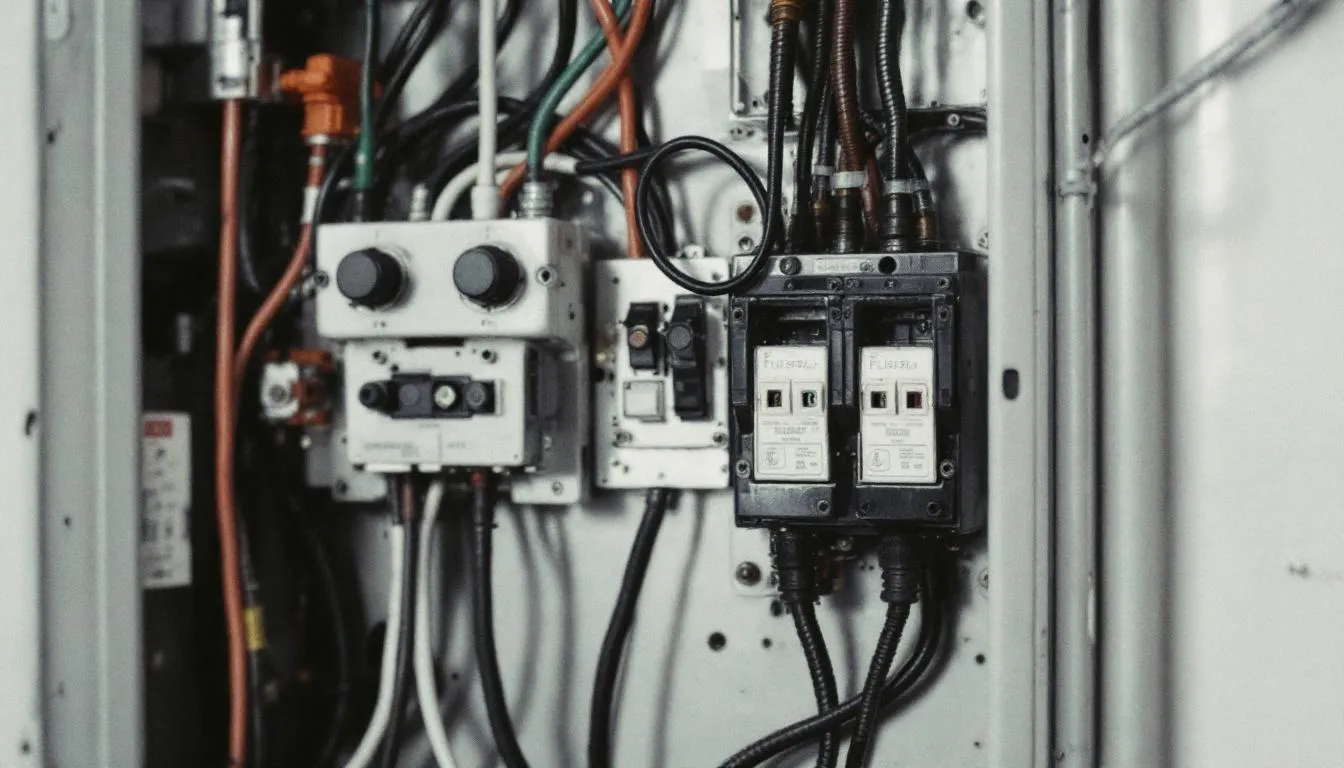
An electrical panel, also known as a breaker box or circuit breaker panel, is a metal box that houses breaker switches used for electrical distribution throughout a home or building. These panels play a vital role in ensuring that electricity is safely and efficiently distributed to various circuits. Imagine your home as a bustling city; the electrical panel is akin to the traffic control system, directing electrical power where it’s needed and preventing overloads that could lead to outages or fires. An electrical circuit is the pathway that connects electrical components such as switches, resistors, and transformers, allowing electricity to flow and power devices. Within the electrical panel, these circuits are managed and protected to ensure safe operation.
Understanding the importance of electrical panels helps in appreciating the need for proper installation and accessibility. Licensed electricians are trained to install these panels correctly, ensuring they meet all safety standards. This not only safeguards your home but also gives you peace of mind knowing that your electrical system is functioning as it should.
Accessibility is another key factor. Electrical panels should be easily accessible for maintenance and emergency situations for safety reasons and other features. Properly installed and maintained, they prevent potential hazards like electrical shock and fires, making them indispensable for any modern home or building. Several factors contribute to their importance.
Components of an Electrical Panel
The heart of the electrical panel lies in its various components, each playing a crucial role in managing and distributing electrical power. Understanding these components can help you better manage and troubleshoot your home’s electrical system.
One of the most critical components is the single circuit breaker, which is designed to disconnect power to a circuit when it detects an overload or short circuit. This ability to disconnect power is essential for safety and maintenance, as it helps prevent electrical fires and damage to electrical devices. Fuses, found in older fuse boxes, perform a similar role by melting when there is an overload, thus disconnecting power. The breaker switch plays a vital role in this safety mechanism.
Bus bars are another essential component, serving as the main service panel’s electrical pathways that distribute power to various circuits within the panel. These bars ensure that electricity flows smoothly and efficiently to different parts of your home. The main breaker acts as a master switch, regulating the power supply to the entire electrical panel.
Protective devices such as overload relays and surge protectors monitor and manage the current flow to ensure system safety features. Together, these components form a robust and reliable home’s electrical system that meets your electrical needs.
Types of Electrical Panels
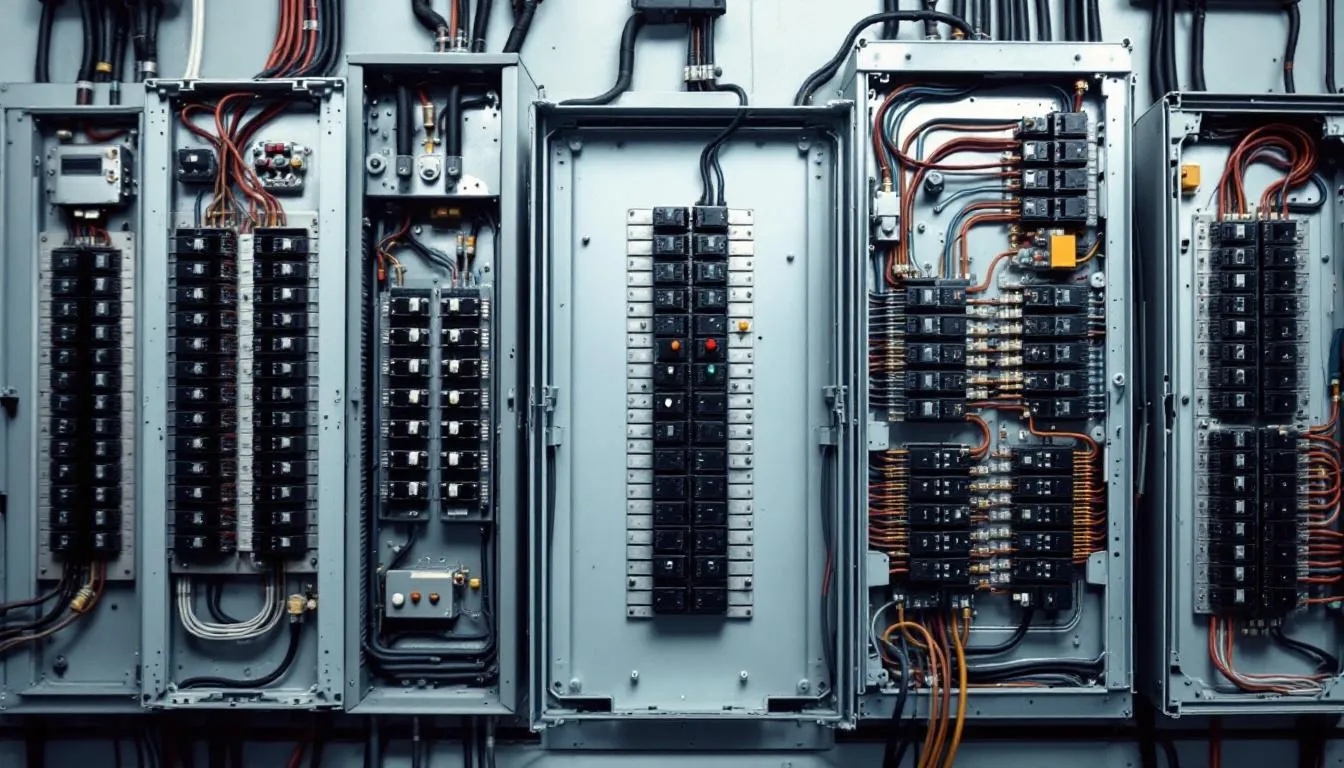
There are several types of electrical panels, each serving a specific purpose and suited to different electrical needs. The main breaker panel is the primary control point for electrical distribution in a home. Most residential panels are single-phase, while commercial buildings may use three-phase panels. The main breaker panel receives electricity and distributes it throughout the house, ensuring that each area gets the power it needs.
The main breaker panel is also known as the main service panel or simply the service panel. It acts as the central hub that connects the external power supply lines—such as the service drop or buried power lines—to the internal wiring of the home. When the main service panel is full, a sub-panel can be installed and fed from the main panel to expand circuit capacity and improve electrical distribution.
Subpanels are often used in larger homes to handle additional circuits and extra circuits without overloading the main panel. A subpanel is a smaller panel installed to add more circuits when the main panel is full. These smaller versions of the main breaker panel control specific circuits in designated areas of the house, providing more circuits of localized control and management of the larger panel, including separate circuits and other panels.
Fuse boxes, typically found in older homes, use fuses instead of modern circuit breakers to protect circuits. Many older fuse boxes use screw in fuses, which are round and screw into sockets, unlike the switch-style breakers in modern panels. However, the fuse box is considered a fire hazard because it can be tampered with to overload circuits.
These three types of electrical panels—main breaker panels, subpanels, and fuse boxes—are the most common found in homes today. Understanding their differences can help you make informed decisions about your three-phase electrical system.
How to Locate Your Electrical Panel
Finding your electrical panel might seem like a daunting task, but it’s often hidden in plain sight. In residential buildings, electrical panels are commonly located in areas such as:
- basements
- garage
- laundry rooms
- utility closet
- These locations are chosen for their relative seclusion yet easy accessibility in case of an emergency.
In multi-family dwellings, electrical panels may be located in common areas or utility rooms shared by residents. Sometimes, electrical panels can also be found outdoors, installed on external walls. If you’re having trouble locating your electrical panel, consulting a home inspection report can provide helpful information.
Knowing where your electrical panel is located is crucial for maintenance and emergency purposes. It ensures that you can quickly access it to shut off power in case of an electrical emergency or perform routine checks and maintenance.
How Electrical Panels Work
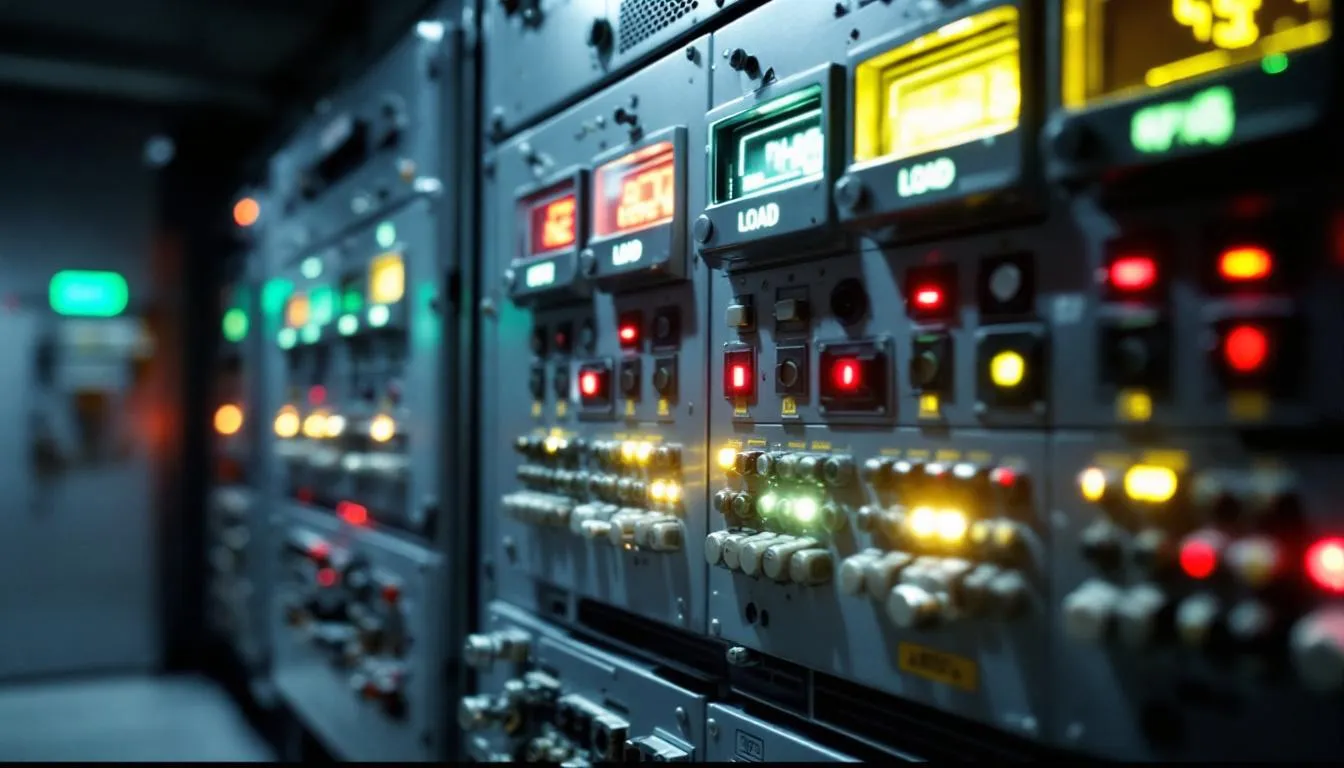
Electrical panels function as the main distribution points for power, dividing it into various circuits for different areas of your home. The main circuit breaker is located in the electrical panel. It controls power to the entire house and functions as a master switch. It’s like having a central control that ensures your home’s electrical needs are met safely and efficiently.
The capacity of an electrical panel is measured in amps, which determines how much electrical load it can handle. More circuit breakers inside the panel are designed to trip and cut off power when they detect an overload or fault, thereby preventing potential electrical shocks and fires. Dedicated breakers are required for larger appliances to manage their higher electrical current demand safely. Certain appliances, such as stoves or HVAC systems, should have their own breaker to ensure safety and proper load management.
Understanding how electrical panels work helps in appreciating their role in maintaining a safe and functional home. It also underscores the importance of regular maintenance and timely upgrades to meet increasing electrical demands.
Common Electrical Panel Issues
Electrical panels are the heart of your home’s electrical system, but even the best panels can develop issues over time. Some of the most common electrical panel problems include tripped circuit breakers, flickering lights, and overheating. Tripped breakers often signal that a circuit is overloaded or that there’s a short circuit somewhere in the system. A faulty electrical device, such as a damaged appliance or wiring component, can also cause a short circuit, so it’s important to inspect appliances and other electrical devices when troubleshooting these issues. Flickering lights can be a sign of loose connections or faulty breakers, which can disrupt the flow of electricity and potentially damage appliances.
Overheating in electrical panels is a serious concern, as it can increase the risk of electrical shock or even start a fire. Loose connections inside the panel can also lead to arcing, which is another fire hazard. If you notice any of these issues—such as breakers that trip frequently, lights that dim or flicker, or a panel that feels warm to the touch—it’s important to address them promptly.
Regular maintenance, like checking for loose connections and inspecting circuit breakers, can help prevent these problems from escalating. However, diagnosing and repairing electrical panel issues should always be left to a licensed electrician. They have the expertise to safely resolve problems and ensure your electrical system remains reliable and safe for everyday use.
Signs You Need to Upgrade Your Electrical Panel
Recognizing the signs that indicate an electrical panel upgrade is necessary is crucial for maintaining a safe and efficient electrical system. Electrical panel upgrades can improve safety, energy efficiency, and capacity, and should be considered when these signs are present. Frequent breaker trips are a clear indication that the panel is struggling to manage too much power demand, posing a safety threat. Dimming lights when using new appliances or more appliances suggests excessive load on a single circuit, which might require an upgrade in lighting.
Corrosion or rust on the electrical panel can indicate moisture issues, leading to serious electrical problems. If your panel contains fuses instead of circuit breakers, an upgrade is strongly recommended, as older systems may not meet today’s safety codes.
Home renovations that increase electrical load can also necessitate an upgrade to ensure safety and functionality. Identifying these signs early can help you take the necessary steps to upgrade your electrical panel, safeguarding your home and ensuring it meets your electrical needs.
Cost of Upgrading an Electrical Panel
Upgrading an electrical panel is an investment in your home’s safety and functionality. The typical expense for upgrading an electrical panel ranges from $800 to $4,000. Homeowners upgrading their panel from 100 amps to 200 amps can expect costs between $1,300 and $3,000.
Moving an electrical panel can significantly increase costs, with expenses ranging from $800 to $3,000 depending on the distance and complexity. The cost of the panels themselves varies, with a 100-amp unit priced around $100 to $200 and larger units exceeding $500.
Labor costs for electricians typically range from $50 to $120 per hour for installation services. Knowing these costs helps you budget for an electrical panel upgrade, ensuring your home’s electrical system is safe and efficient.
Benefits of Upgrading to a New Electrical Panel
Investing in an electrical panel upgrade offers a range of benefits for homeowners. A new electrical panel is designed to handle the increased electrical load that comes with modern living, making it easier to power more appliances and devices without overloading circuits. This is especially important if you’ve added new kitchen appliances, HVAC systems, or other high-demand electrical devices to your home.
Modern electrical panels also come equipped with advanced safety features, such as arc-fault and ground-fault protection, which help prevent electrical shock and reduce the risk of electrical fires. Upgrading your panel can improve the overall efficiency and reliability of your electrical system, minimizing the chances of unexpected outages or circuit trips.
Beyond safety and performance, a new electrical panel can also increase your property’s value and provide peace of mind, knowing your home meets current building codes and safety standards. Additionally, a more efficient panel can help lower your electricity bills by reducing wasted energy. To determine if an electrical panel upgrade is right for your home, consult with a licensed electrician who can assess your current system and recommend the best solution for your needs.
Maintaining Your Electrical Panel
Regular maintenance ensures your electrical panel functions correctly and safely. It’s advisable to have an electrician perform regular maintenance every few years. Regular inspections are especially important for older homes to catch potential issues before they become serious.
Maintenance tasks include cleaning the panel surfaces and tightening connections to ensure safety and functionality. Keeping the area around your electrical panel out of the way allows for proper ventilation. Always remember to turn off the main power before cleaning the panel to prevent accidents. Here’s a complete rundown of these essential maintenance tasks.
Licensed electricians should conduct regular inspections to ensure your electrical panel is in good condition. If you notice any corroded wire, wires, or switches, call an electrician immediately.
Safety Tips for Working with Electrical Panels
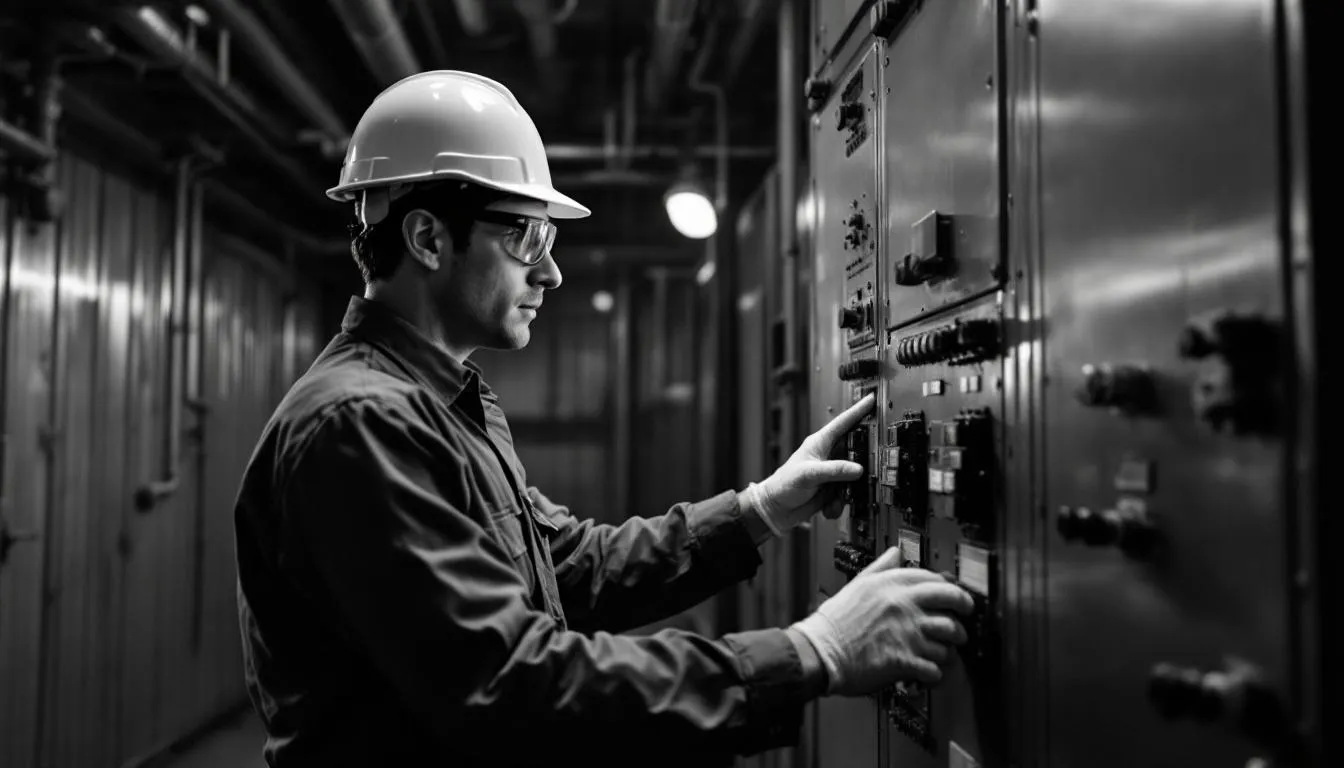
Safety should always be a priority when dealing with electrical panels. Only a licensed electrician should perform any work on an electrical panel to ensure safety and compliance with regulations. If there is moisture present inside or around the electrical panel, contact a licensed electrician immediately, as this poses a serious risk.
If the electrical panel cover feels hot, turn off the main breaker and call an electrician right away. Clear labeling of circuits within the electrical panel is crucial for safety, allowing for quick identification during emergencies.
Proper labeling on circuit breakers can prevent confusion and ensure the correct circuit is turned off during maintenance or troubleshooting. Following these safety tips can help prevent accidents and ensure that your electrical system remains safe and functional.
Mapping Your Circuits
Mapping your circuits is crucial for managing your home’s electrical system. Labeling circuit breakers is essential for identifying what each circuit controls within the home. It’s advisable to label each breaker in the electrical panel for easy identification of circuits.
To identify what is affected when switching power, labeling breaker switches is important. Individual breakers in the panel provide electricity to specific areas of the home and are often labeled for identification. A good way to label circuits that control single appliances is to use the name of the device.
The amperage ratings on each switch can help you narrow down which circuit connects to which breaker. If space is limited, you can label circuits using a marker or stickers beside each breaker. This process ensures that you can quickly and safely manage your electrical system wiring.
Hiring a Licensed Electrician
When it comes to installing, repairing, or upgrading an electrical panel, hiring a licensed electrician is essential for safety and compliance. Licensed electricians have the training and experience needed to work with complex electrical systems, ensuring that all work is performed according to local building codes and the latest safety standards.
A professional electrician can accurately diagnose issues, recommend the right repairs or upgrades, and ensure your electrical panel is installed correctly. They can also provide valuable advice on maintaining your panel and preventing future problems. When searching for a licensed electrician, look for certifications from reputable organizations like the National Electrical Contractors Association (NECA), and check online reviews to verify their reputation.
It’s a good idea to get multiple quotes and ask about the electrician’s experience with electrical panel work to ensure you’re hiring the right expert for your project. By choosing a qualified professional, you can be confident that your electrical panel—and your home’s entire electrical system—will be safe, reliable, and up to code.
Summary
Understanding and maintaining your electrical panel is crucial for your home’s safety and functionality. Regular maintenance, timely upgrades, and proper labeling can prevent potential hazards and ensure that your electrical system meets your needs. By staying informed and proactive, you can keep your home’s electrical system running smoothly and safely.
Frequently Asked Questions
What is an electrical panel?
An electrical panel is a metal box that houses breaker switches, facilitating the distribution of electricity throughout a home or building. It serves as the central hub for managing electrical circuits safely and efficiently.
How do I know if I need to upgrade my electrical panel?
You should consider upgrading your electrical panel if you frequently experience breaker trips, notice dimming lights when using appliances, observe corrosion on the panel, or if you still have an old fuse box instead of circuit breakers. These indicators suggest that your current panel may not be sufficient for your electrical needs.
What are the typical costs for upgrading an electrical panel?
Upgrading an electrical panel typically costs between $800 and $4,000, influenced by factors such as amperage and the complexity of the installation. This investment is crucial for ensuring safety and accommodating modern electrical demands.
How often should I have my electrical panel inspected?
It’s recommended to have your electrical panel inspected every few years, particularly if you own an older home. Regular maintenance ensures safety and optimal performance.
Can I perform maintenance on my electrical panel myself?
You should not attempt maintenance on your electrical panel yourself; it’s best to hire a licensed electrician for safety and to comply with regulations. Your safety depends on professional expertise.
